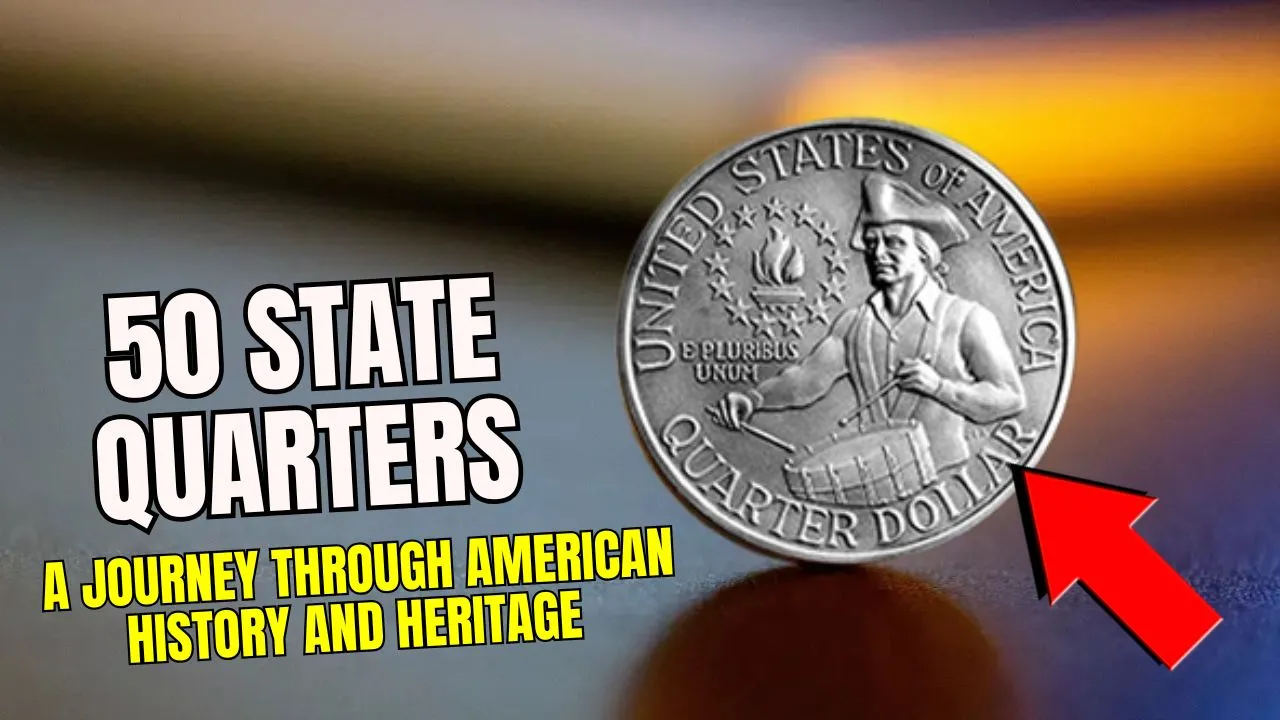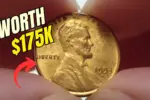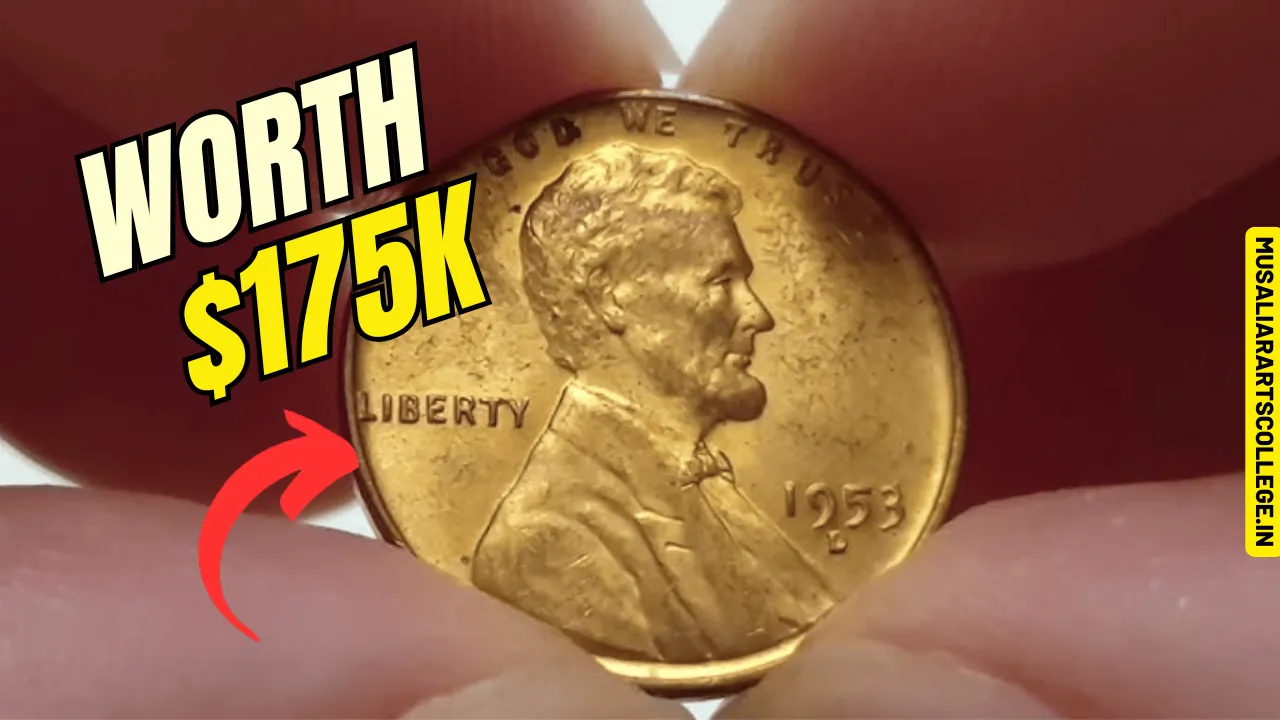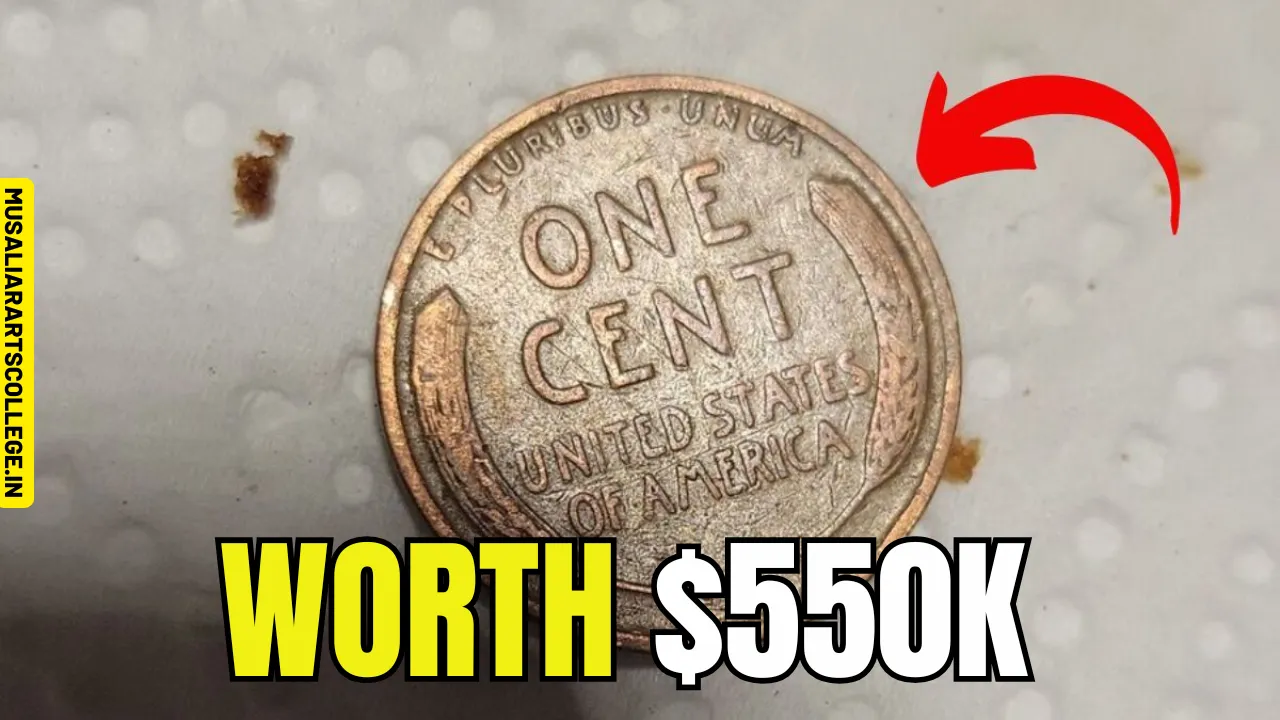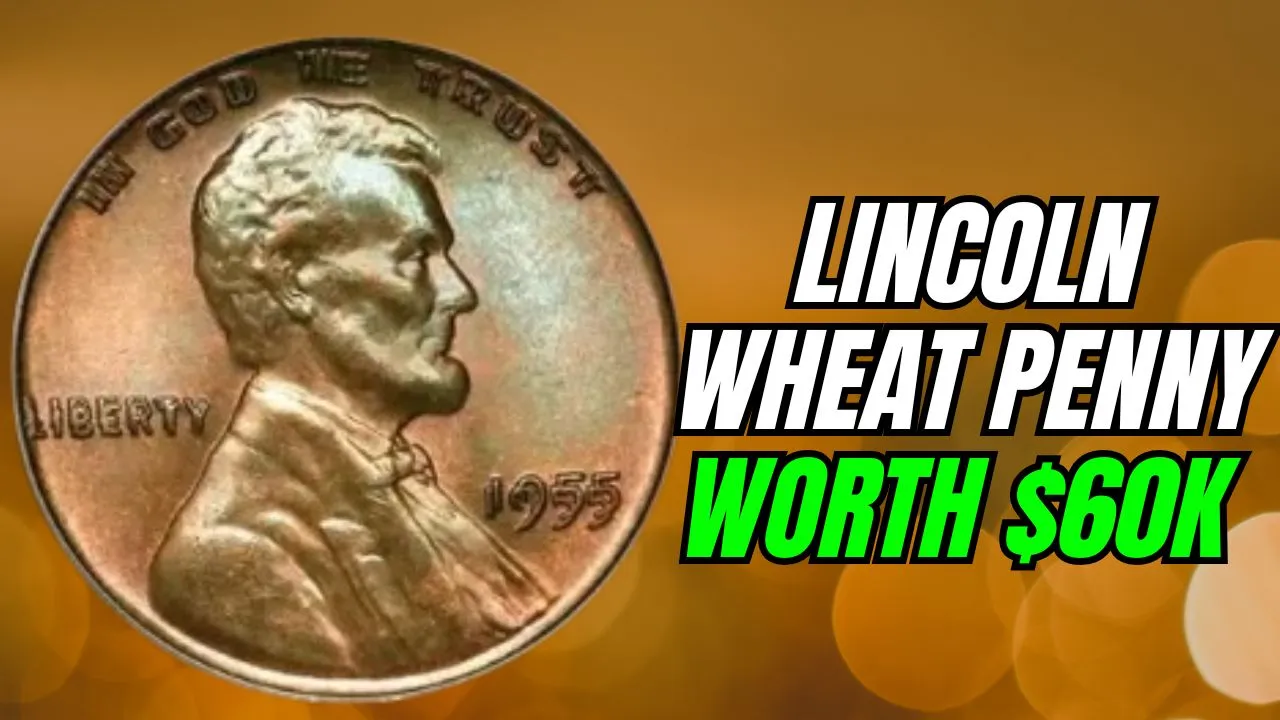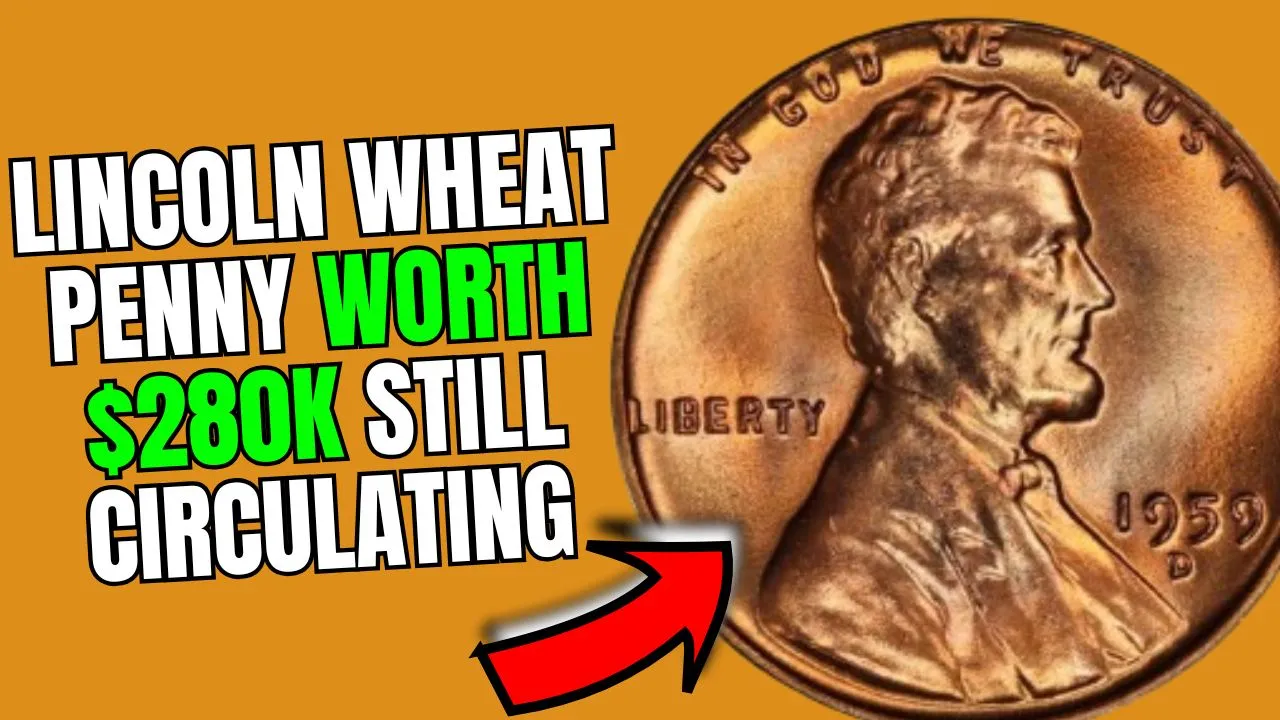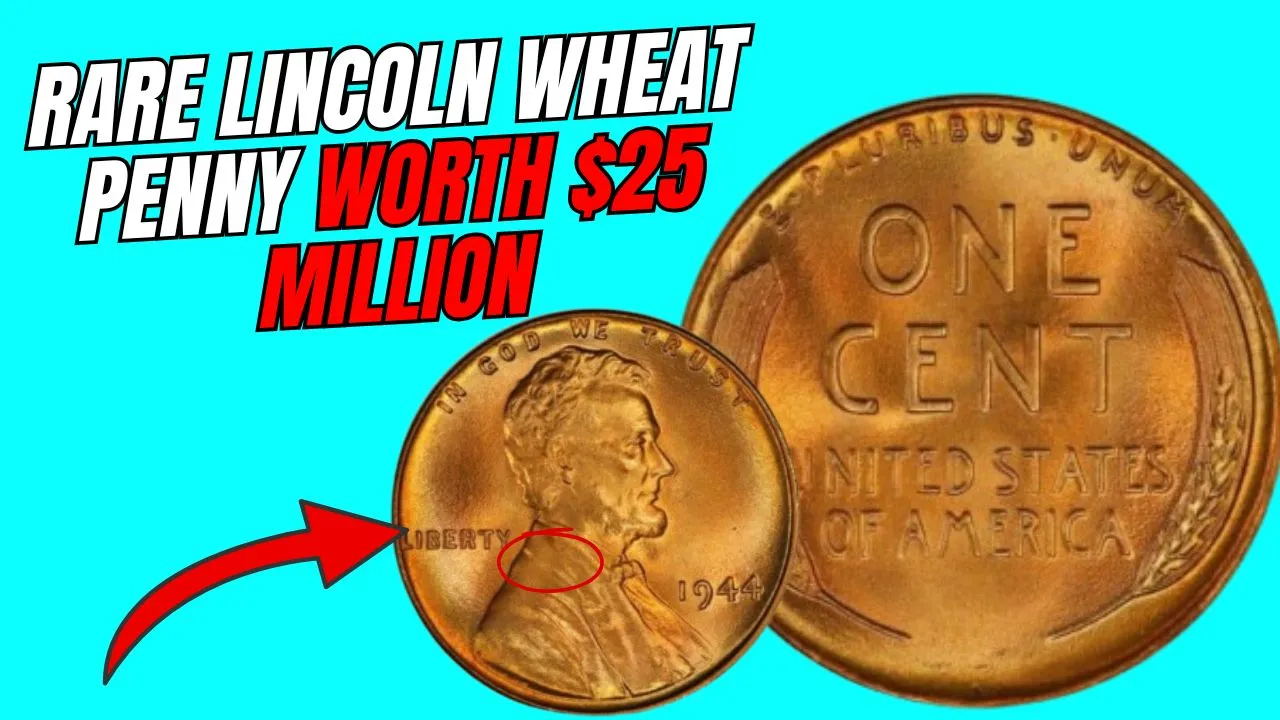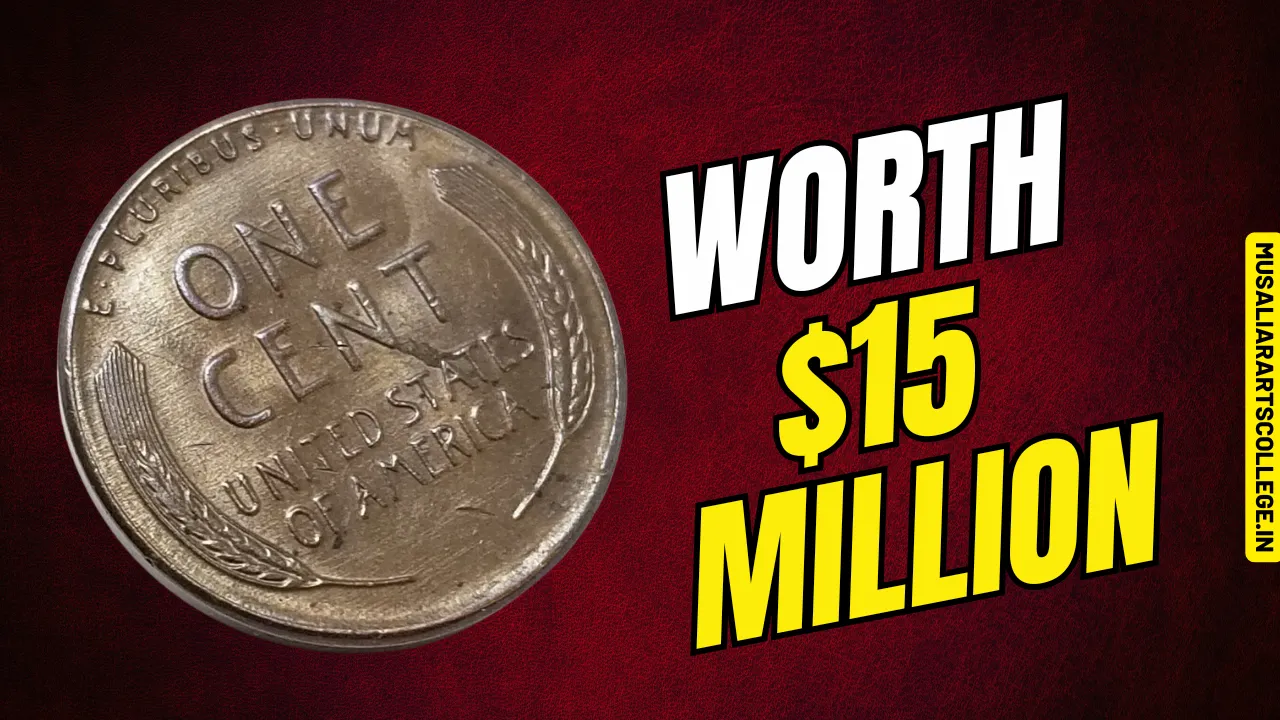50 State Quarters: The 50 State Quarters program, launched by the United States Mint, is one of the most celebrated coin programs in American history. Running from 1999 to 2008, it featured a unique quarter design for each U.S. state, highlighting significant historical events, landmarks, and cultural symbols. This initiative not only brought coins to life with storytelling designs but also rekindled public interest in coin collecting across the nation.
In this article, we’ll explore the 50 State Quarters program, from its inception to its cultural impact. We’ll uncover its design process, the most valuable quarters, and the legacy it left behind.
Overview of the 50 State Quarters Program
| Aspect | Details |
| Program Duration | 1999–2008 |
| Authorized by | President Bill Clinton |
| Legislation | 50 States Commemorative Coin Program Act (Public Law 105-124) |
| Obverse Design | George Washington (Designed by John Flanagan, modified by William Cousins) |
| Reverse Design | Unique state-specific imagery |
| Mint Locations | Philadelphia (P), Denver (D), San Francisco (S – Proof Sets) |
| Highest Mintage | 2000-P Virginia Quarter (943 Million) |
| Lowest Mintage | 2008-D Oklahoma Quarter (194.6 Million) |
The Birth of the 50 State Quarters Program
The 50 State Quarters program was signed into law in 1997 by President Bill Clinton, thanks to the efforts of Representative Mike Castle of Delaware. The goal was simple yet powerful: create a series of quarters that would celebrate each state’s unique identity while educating Americans about their nation’s rich history.
The quarters were released in the order in which each state joined the Union, with Delaware being the first in 1999 and Hawaii concluding the series in 2008. The reverse side of each quarter showcased symbols, landmarks, or historical figures significant to that state, while the obverse maintained the iconic George Washington design.
This initiative was more than just a coin release—it became a national phenomenon, with millions of Americans eagerly anticipating each new design.
How Were the Designs Selected?
The design process for the 50 State Quarters was a collaborative effort involving state governors, artists, and the U.S. Mint. Here’s how it worked:
- State Involvement: Each state was responsible for submitting themes or concepts.
- Design Refinement: The U.S. Mint’s engraving team translated these concepts into coin designs.
- Advisory Review: The designs were reviewed by the Commission of Fine Arts (CFA) and the Citizens Coinage Advisory Committee (CCAC).
- Final Approval: The final designs were approved by the Secretary of the Treasury.
Initially, many states held public competitions for design submissions. However, after some controversies, the process was revised in 2005 to allow states to submit multiple design concepts rather than fully developed designs.
Unique Features of the 50 State Quarters
- Educational Significance: Each quarter told a story about the state it represented, from historical events to cultural landmarks.
- Public Accessibility: These quarters were readily available in circulation, making them accessible to everyone.
- Collector’s Appeal: Along with regular circulation coins, collectors could also purchase special proof sets and silver editions from the U.S. Mint.
- Obverse Consistency: While the reverse side changed with each release, the obverse remained consistent with the George Washington portrait by John Flanagan.
The combination of education, accessibility, and collectibility played a significant role in the program’s widespread success.
Top 5 Most Iconic State Quarters
- Delaware (1999): Featuring Caesar Rodney on horseback, symbolizing his historic ride for independence.
- New York (2001): Showcasing the Statue of Liberty and the state outline.
- California (2005): Highlighting John Muir, Yosemite National Park, and a California condor.
- Hawaii (2008): Featuring King Kamehameha I with the Hawaiian Islands in the background.
- Alaska (2008): Depicting a grizzly bear clutching a salmon, symbolizing Alaska’s wildlife.
These quarters not only captured artistic beauty but also symbolized each state’s essence in compact yet meaningful designs.
Impact on Coin Collecting and Culture
The 50 State Quarters program did more than just produce coins; it sparked a nationwide interest in coin collecting. Schools incorporated state quarters into lessons about geography and history, while families across the country started collecting them as a hobby.
Key Cultural Impacts:
- Educational Tool: The quarters became a hands-on learning resource for students.
- Collecting Boom: Millions of Americans began collecting state quarters, driving demand for both circulated and proof editions.
- Economic Boost: The U.S. Mint generated significant revenue from coin sales and collector sets.
The quarters brought numismatics (coin collecting) back into the mainstream and became a nostalgic piece of history for many Americans.
The Rarest and Most Valuable State Quarters
While most 50 State Quarters hold face value, some have become rare collector’s items:
- 2008-D Oklahoma State Quarter: Known for its lowest mintage in the series, with only 194.6 million produced.
- 1999 Silver Proof Sets: These sets are highly sought after due to their limited production and early series release.
- Error Coins: Some quarters with minting errors, such as double strikes or off-center designs, have fetched high prices in auctions.
Collectors continue to search for these rare editions, adding excitement to the hobby.
Legacy of the 50 State Quarters Program
The 50 State Quarters program redefined how Americans viewed their pocket change. It bridged the gap between history, art, and everyday currency, leaving a lasting legacy in American numismatics.
Enduring Contributions:
- Revitalized interest in coin collecting.
- Educated millions about state history and geography.
- Paved the way for follow-up programs like the America the Beautiful Quarters (2010–2021).
Today, these quarters are more than just currency—they’re cherished symbols of state pride and American history.
Frequently Asked Questions (FAQs)
Q1: How many 50 State Quarters are there?
A: There are 50 quarters, one for each U.S. state, issued between 1999 and 2008.
Q2: Are State Quarters valuable?
A: Most are worth face value, but rare editions like the 2008-D Oklahoma quarter and silver proofs can be valuable.
Q3: Who designed the quarters?
A: The obverse was designed by John Flanagan, while the reverse designs were state-specific.
Q4: Where can I buy State Quarters today?
A: They can be purchased from coin dealers, online marketplaces, or collectors.
Q5: What is the rarest 50 State Quarter?
A: The 2008-D Oklahoma State Quarter has the lowest circulation mintage.
Final Thoughts
The 50 State Quarters program remains a landmark achievement in American coinage history. It combined education, artistry, and national pride into a decade-long celebration. Whether you’re a collector or just someone who appreciates history, these quarters tell stories worth cherishing.
Do you have a favorite State Quarter? Share your thoughts below, and let’s celebrate this unique chapter in American history together!
